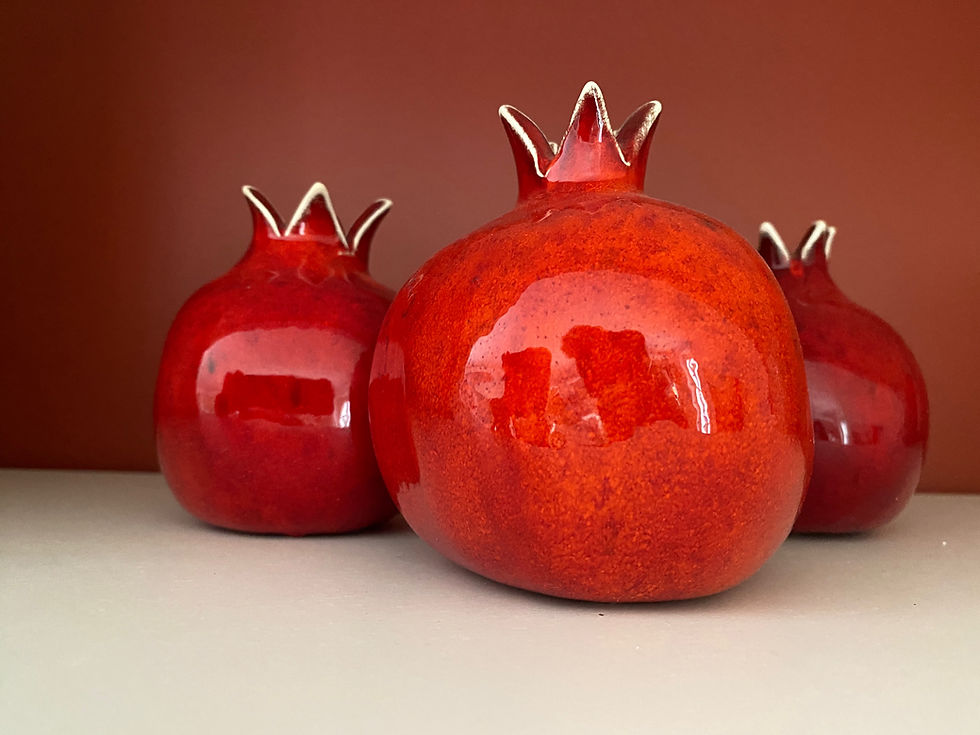The Beauty of a Gesture
- The Rev. Christopher W. Whiteman
- Mar 25, 2022
- 4 min read
Updated: Aug 15, 2023

There are many things we do in worship that may seem confounding. Sometimes we are intentional about the things we do, sometimes we do them because those around us are doing them, and sometimes we are just not sure what to do or why we do it. This is particularly true of physical gestures. Have you ever wondered something along the lines of, “when am I supposed to make the sign of the cross?” If so, you know how confusing physical acts in liturgy can be. Of course, you could look to Nancy or myself for direction, but in true Anglican fashion, we employ different manual acts at different times, differently from each other. So, not much help there. Many of the gestures we use come from tradition, various revivals of traditions lost, or from origins mired in regional obscurity. But this does not mean that gestures are void of meaning. Where meaning is not fundamentally present, we as humans ascribe meaning.
In one of the past Windows, we examined the Orans posture and for the past few months I have been thinking of another liturgical gesture: the laying on of hands. We see this gesture so frequently that, perhaps, we do not give it the attention it deserves. The great liturgical theologian Louis Weil argued that, “The laying-on-of-hands is the fundamental ritual gesture in all of the sacramental actions of the Church.”1 And I think he is right. It truly is the one gesture that links our rituals and life together from beginning to end.
We first experience the laying on of hands at our baptism where the gesture is employed at least twice. The first time is when the presider touches the water while asking God to sanctify the water and make it holy. The second use is when fingers are dipped in oil and the hand is laid on the newly baptized to mark them as Christ’s own forever. Then this central gesture continues to be present throughout our lives. The laying on of hands occurs at confirmations, weddings, and ordinations. The laying on of hands is central to our rituals of healing and Reconciliation of a Penitent. Then at our funerals, we receive the final laying on of hands at the Commendation and our earthly life closes as it began with the laying on of hands.
The laying on of hands is not reserved just for landmark moments, but is present in every celebration of the eucharist. At the Words of Institution when we recall Jesus’s words, the presider is instructed to touch each of the elements in turn. Then we lay hands over the elements as we invoke the Holy Spirit in the epiclesis. The same gesture that welcomes us into the Christian family, that marks important parts of our life’s journey, that accompanies our return to God, is the gesture that facilitates the rite that sustains, consoles, and strengthens us every time we come to worship. This commonality of gesture suggests that all of these things are not separate, discrete events but all part of the same movement or journey or breath. The laying on of hands directs us to the idea that our lives are not a collection of short stories, but a sweeping narrative written by God.
There is beauty in this unity, there is beauty in the fact that this gesture dates back to the very beginning of the Church, and there is beauty in the simplicity of the act. However, I think the greatest beauty lies in the primary tools of this liturgical gesture: our hands. Take a look at your hands and notice what you see. You may see lines, spots, scars, calluses, or arthritic joints that do not move as they used to. Maybe you see the things they have done: holding the hand of another, reaching out in comfort, wrapped around a spade for digging in the earth, holding a pen or a brush or a fork. All in all, they are very human things and they are what God chooses to work through.
God works through our hands not by performing elaborate gestures or making esoteric signs, but by the simplest gesture of touch. God chooses to work through human touch. This is what our liturgical acts are shouting: the laying on of hands, the liturgical gesture that accompanies our lives, is just simple human touch and it is holy.
What if we let this gesture transform our lives? Yes, in the reception of the laying on of hands in all its forms, but also in our own daily laying on of hands. What if when we lay our hand on the shoulder of a loved one we saw it as a continuation of our liturgical act? As an opportunity to share God’s love? What if when we use our hands at work we understand them to be an extension of the hands laid upon us at baptism? An opportunity to “seek and serve Christ in all persons.”2 What if when we used our hands in preparing food for others we saw shining through them the laying on of hands over bread made body and wine made blood that feeds our ravenous souls?
The laying on of hands is the simplest of gestures, but perhaps the most sacred of ritual acts. Our liturgy proclaims that God works through our flawed human hands and that action does not end when you walk out the doors of the church. God works through all our hands, making the ordinary sacred, special, and holy.
In Christ,
Christopher+
1. Louis Weil, Liturgical Sense: The Logic of Rite (NY: Seabury Books, 2013), 67.
2. BCP 305.








Comments